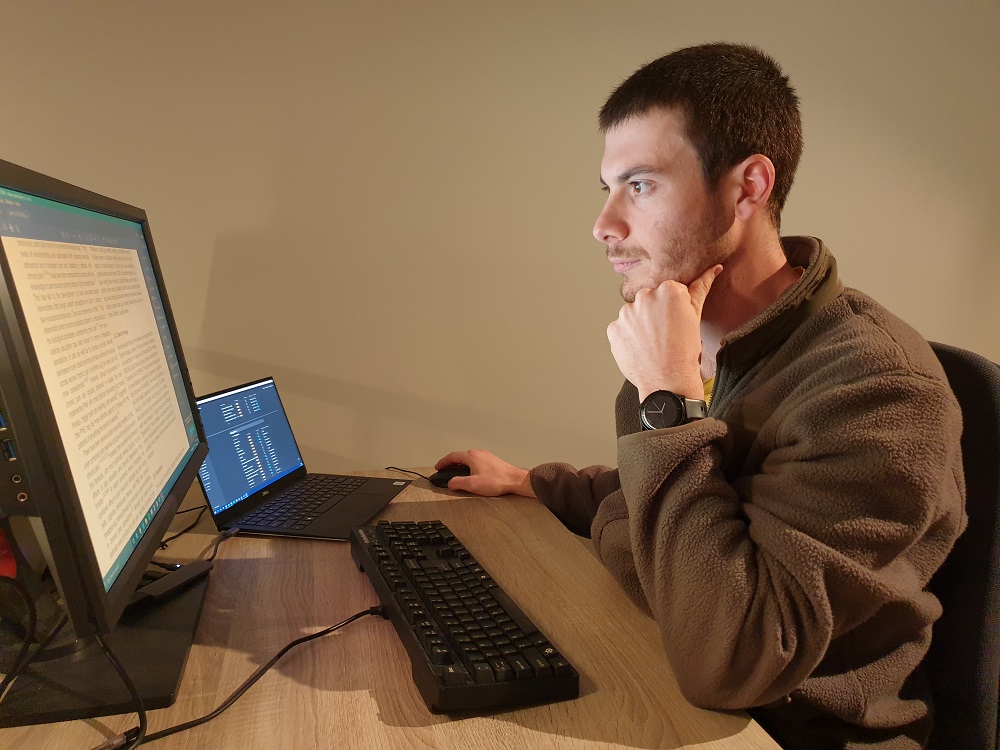Exercise plus pain education provides better outcomes for chronic pain sufferers

You don’t have to look far to find a person experiencing regular pain in their muscles, joints, ligaments and/or bones, otherwise known as musculoskeletal pain.
As our population ages the number of people with musculoskeletal conditions is increasing, resulting in a larger burden on our health systems.
According to the World Health Organisation, worldwide, approximately 1.71 billion people are effected by musculoskeletal conditions with varying degrees of pain.
Conditions such as lower back pain, arthritis and fibromyalgia can often cause chronic pain, leading to limited mobility, reduced social interaction and decreased levels of wellbeing.
Bone fractures, joint dislocations, sprains, muscle aches and pains from overuse injuries and poor posture are other common musculoskeletal conditions.
“More people experience musculoskeletal pain than any other type of pain. The number of people it effects and the impact it causes on a person’s life is one of the main reasons I thought to focus my research in this area,” said Mr Ben Siddall a third year Doctor of Medicine and Surgery student.
A recently published research paper by Mr Siddall, under the supervision of Dr Simon Summers and Associate Professor Diana Perriman, has shed new light on the best treatment for chronic pain.
The research looked at the effectiveness of combining exercise with pain neuroscience education (PNE) for the treatment of chronic musculoskeletal pain. PNE is a program that teaches patients about the mechanisms of pain to help them understand it; fear it less, which in turn prevents fear-avoidance of exercise; and generally cope better with managing their pain.
“Typically, these two therapies are used as standalone treatments but what we found in our systematic review is that combining these interventions does lead to better outcomes for those with chronic musculoskeletal pain,” Mr Siddall explained.
“Generally, I think chronic pain is largely misunderstood and is poorly managed in our health system. I hope the findings will lead to improved patient care and outcomes and add credibility to non-pharmacological management of chronic pain. This will hopefully relieve our health systems reliance on opioids for treating chronic pain.”
With another year of study to go after this year, Mr Siddall is still undecided about the area of medicine he’d like to practice after graduation. For now, he acknowledges that preventative medicine and the management of chronic illness, particularly chronic pain, are top of his interests.
“It's a challenging, complex area and is under-resourced currently. I feel that there are highly impactful improvements to be made in this field. Where this interest might lead me in the future I'm still not sure but it's definitely an area of medicine I would consider purusing further.”
